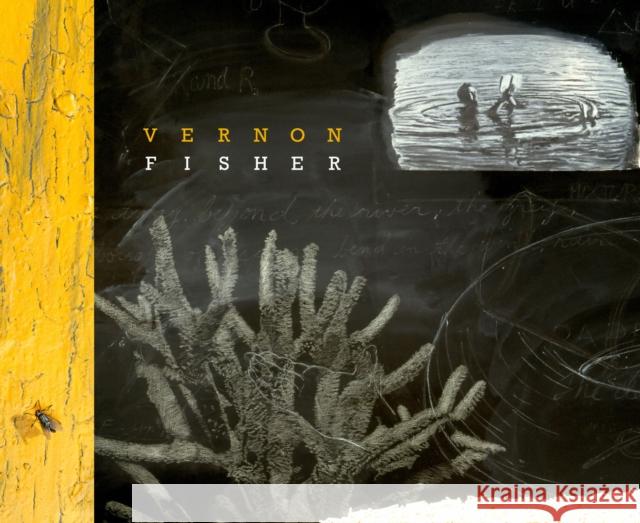Vernon Fisher » książka
Vernon Fisher
ISBN-13: 9780292723238 / Angielski / Twarda / 2010 / 256 str.
Vernon Fisher's bold and innovative multimedia work displays the openness, multiplicity, and decentralization that distinguishes postmodernism. Incorporating photography, painting, sculptural elements, found objects, and written language, Fisher's art contributed to the overthrow of monolithic modernism in the late 1970s and early 1980s and won him enduring acclaim nationally and internationally. Swept into the spotlight before he was forty, Fisher has since had over eighty one-person exhibitions, including installations at the Museum of Modern Art in New York City, the Hirshhorn Museum in Washington, D.C., and the Museum of Contemporary Art in Chicago. His work is now in the permanent collection of more than forty art museums.This volume is the first monograph on Vernon Fisher's work since 1989, and it presents the most comprehensive survey of his art from the early 1970s until 2009, with an emphasis on his mature work. It reproduces twenty suites of Fisher's work, including Hills Like White Elephants, Parallel Lines, Lost for Words, Brainiac, Movements Among the Dead, and Swimming Lesions. In her introduction, Frances Colpitt deftly situates Fisher's work in the context of postmodernism's radical transformation of art, tracing his affinities with artists such as Cy Twombly and Robert Rauschenberg. She also decodes recurring symbols and literary references in Fisher's art, showing how this "writerly" artist constructs narratives with multiple meanings and cultural allusions that defy reduction to a single storyline or definite ending. In an interview with Michael Auping, Fisher describes his creative process, especially how he uses "apparently random and disordered notations" to suggest the "tentative and fluid quality of the mind at work." Acknowledging that his art never reaches a conclusion, Fisher says, "I love the loopy and disconnected . . . for me, the disjunctive and inconclusive is what feels honest and real."











